Hot Topics
 by Maggie Mueller
Updated On Aug 8, 2024
Published On Jul 16, 2024
Basic iPhone Tips Ideal for Newbies
by Maggie Mueller
Updated On Aug 8, 2024
Published On Jul 16, 2024
Basic iPhone Tips Ideal for Newbies
With the release of iOS 17, fans had many new features and updates to enjoy, and Standby Mode quickly became a favorite. Standby Mode allows you to turn your phone into an alarm clock, display widgets, and show new activities, effectively transforming your phone into a digital smart clock on your nightstand. However, many users have reported issues with Standby Mode not working. If you're experiencing the same problem, you're in the right place for help. In this guide, we will cover the troubleshooting steps to fix iPhone Standby Mode not working issue.
First, check if your iPhone supports Standby Mode, which is available only on devices running iOS 17. The supported models are:
Note that only the iPhone 14 Pro and 14 Pro Max have the always-on Standby Mode feature, where the mode remains active when the screen is locked and the phone is charging in landscape mode. On other models, you need to tap the screen to activate Standby Mode, which turns off after 20 seconds.
Sometimes features don't work simply because they're disabled in settings. Standby Mode is usually enabled by default on iPhones that support iOS 17, but it's good to check:
For iPhone 14 Pro models, also enable the Always On toggle.
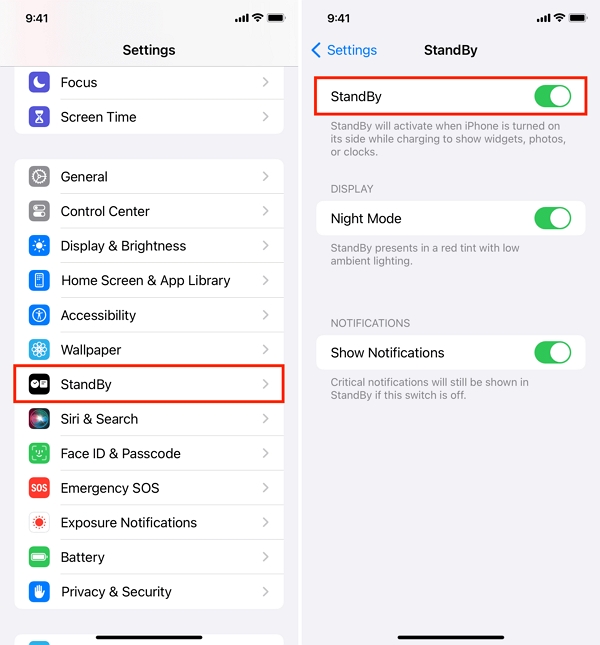
Low Power Mode conserves your iPhone's battery but can disable services needed for Standby Mode. To turn off Low Power Mode:
You can also disable it from the Control Center:
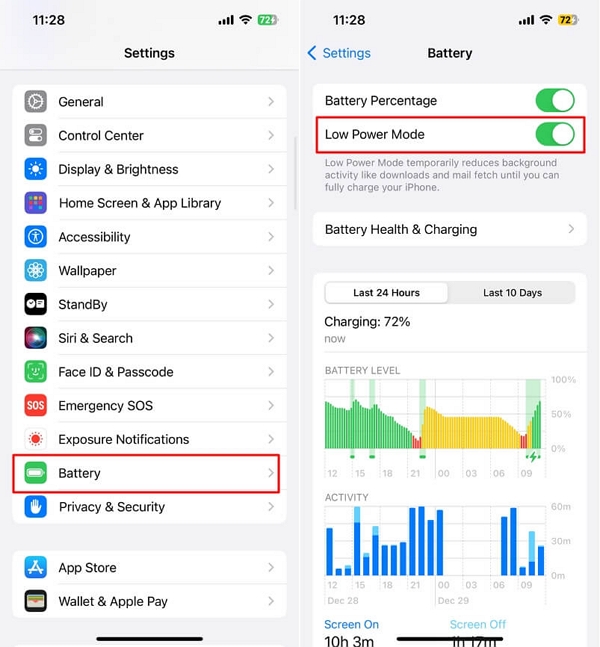
If StandBy mode isn't functioning as expected despite being enabled within the Settings app, it's possible that you're not utilizing it correctly.
To activate StandBy mode, ensure your iPhone is connected to a power source and positioned at an inclined angle in landscape orientation, ideally utilizing a charging dock.
Moreover, verify if the Lightning cable or MagSafe charger you're using is MFi-certified. Non-certified chargers may cause compatibility issues and prevent Standby Mode from activating.
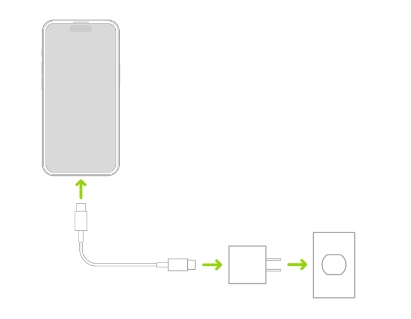
Standby Mode works only in landscape orientation. If you're facing issues with Standby Mode, its probably because the orientation lock is on. To check and fix this:
Once Portrait Orientation Lock is off, you should be able to rotate your screen to landscape mode, which should help with activating Standby Mode. If the issue persists, you might need to restart your iPhone.

When all else fails, plunging your phone into a force restart never hurts. If you're unsure about how to perform a hard reboot on your iPhone, follow these steps for iPhone X or later models (up to iPhone 15):
Once your iPhone restarts, try activating StandBy mode again. If the issue persists, you may need to reset your iPhone settings.
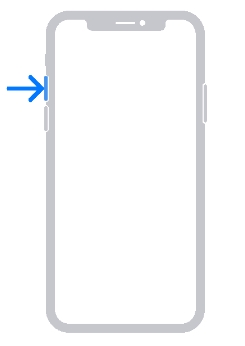
If all else fails, resetting your iPhone settings can help. This won't delete your data but will reset settings to their default values:
Please note that this action will not delete any photos, videos, or music from your iPhone. It will only reset network settings, the keyboard dictionary, location settings, privacy settings, and Apple Pay cards. It's a good idea to back up your data before performing this reset.
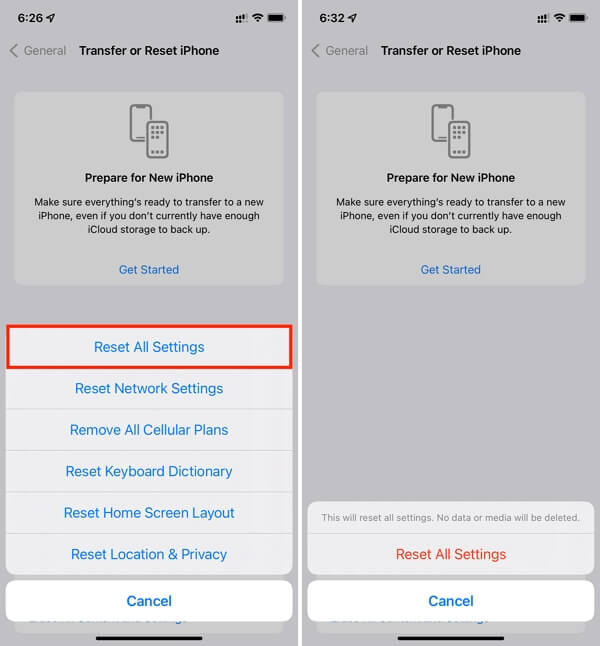
With these methods, Standby Mode should be up and running. If the problem persists, it might take longer to resolve, but these solutions are known to work. Once you have Standby Mode working, you can enjoy your digital smart clock. Let us know which method worked for you!
